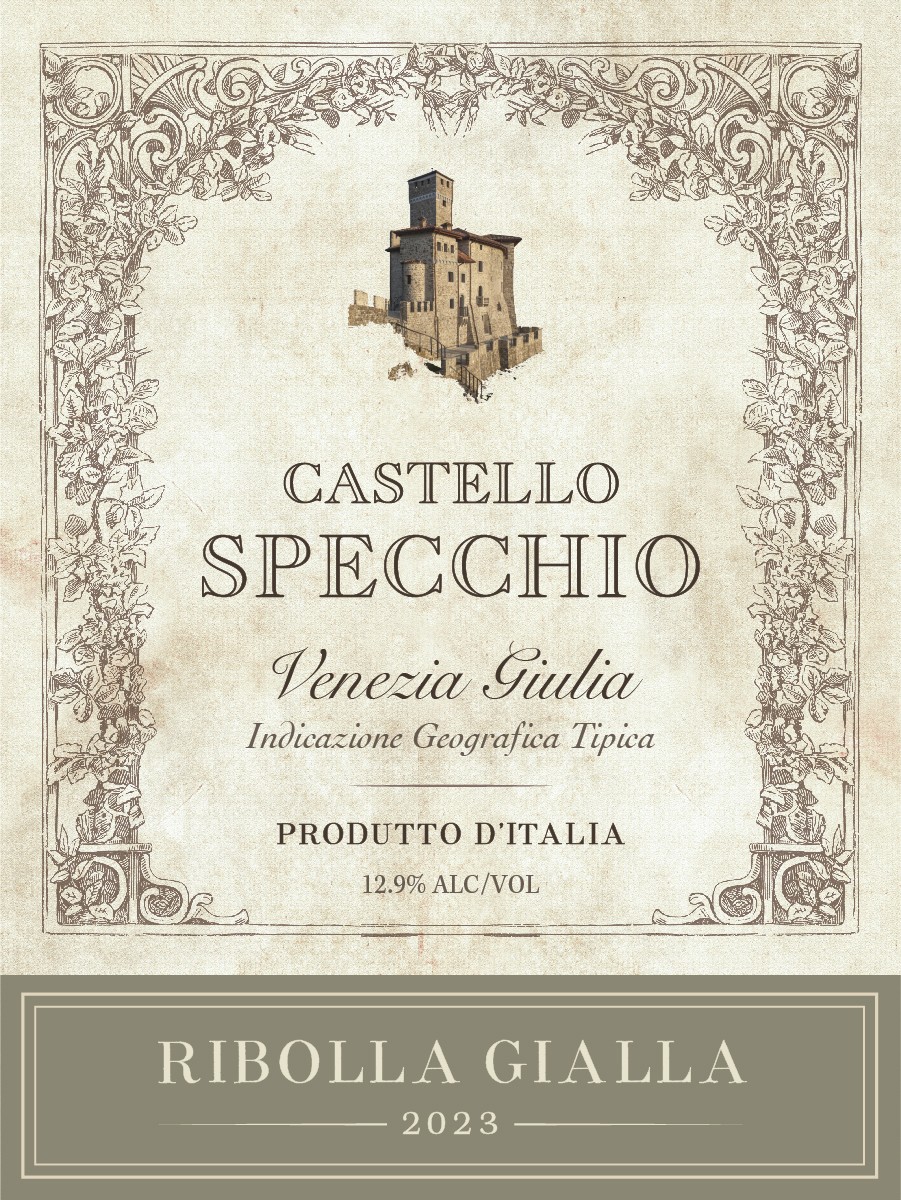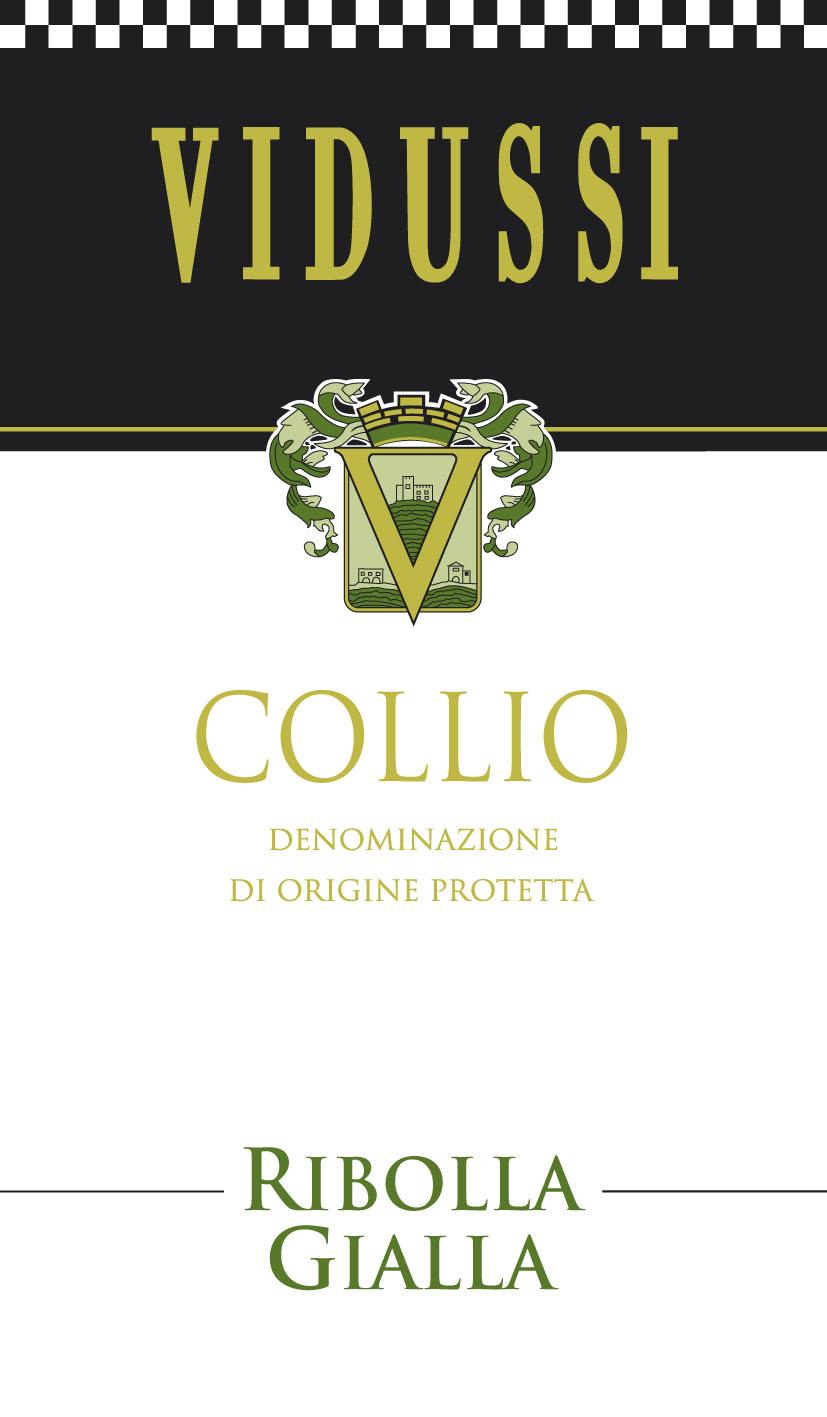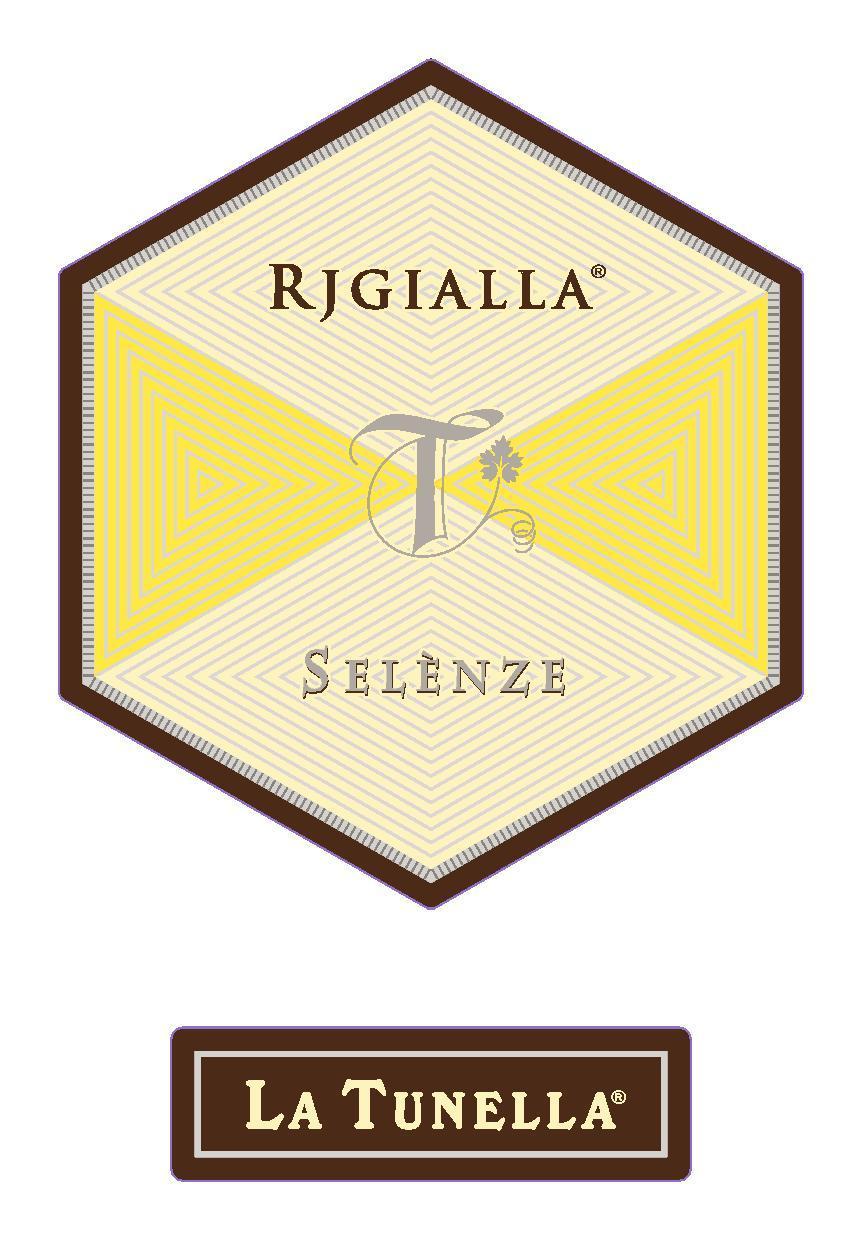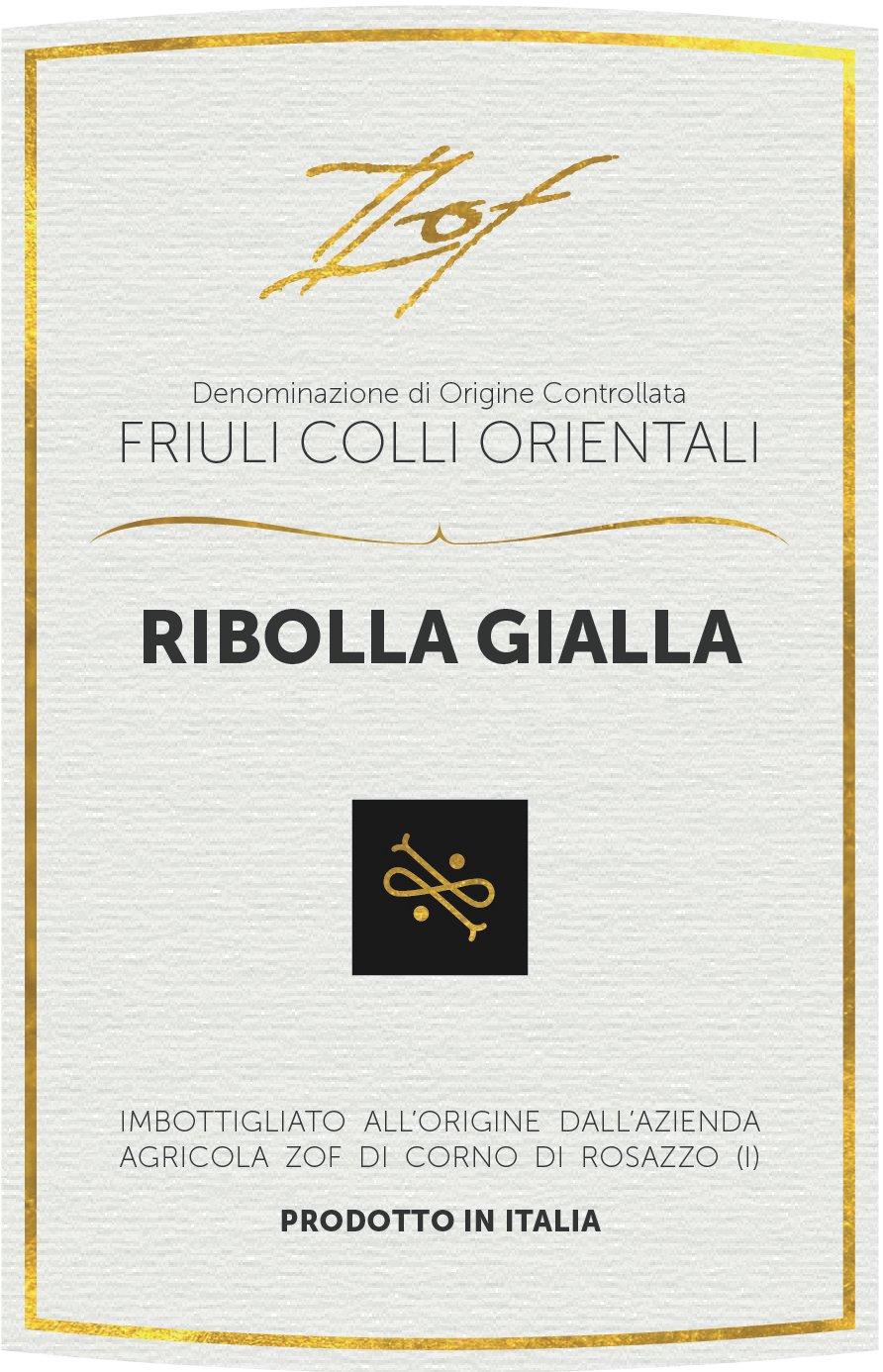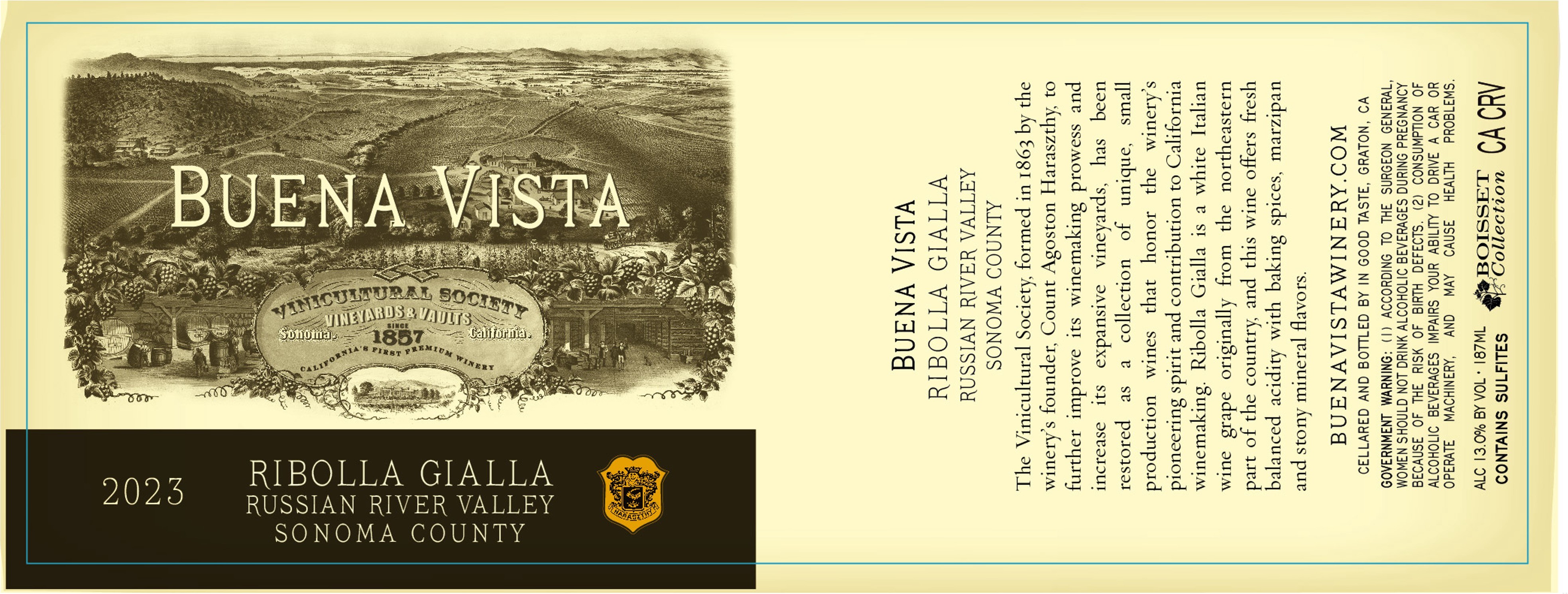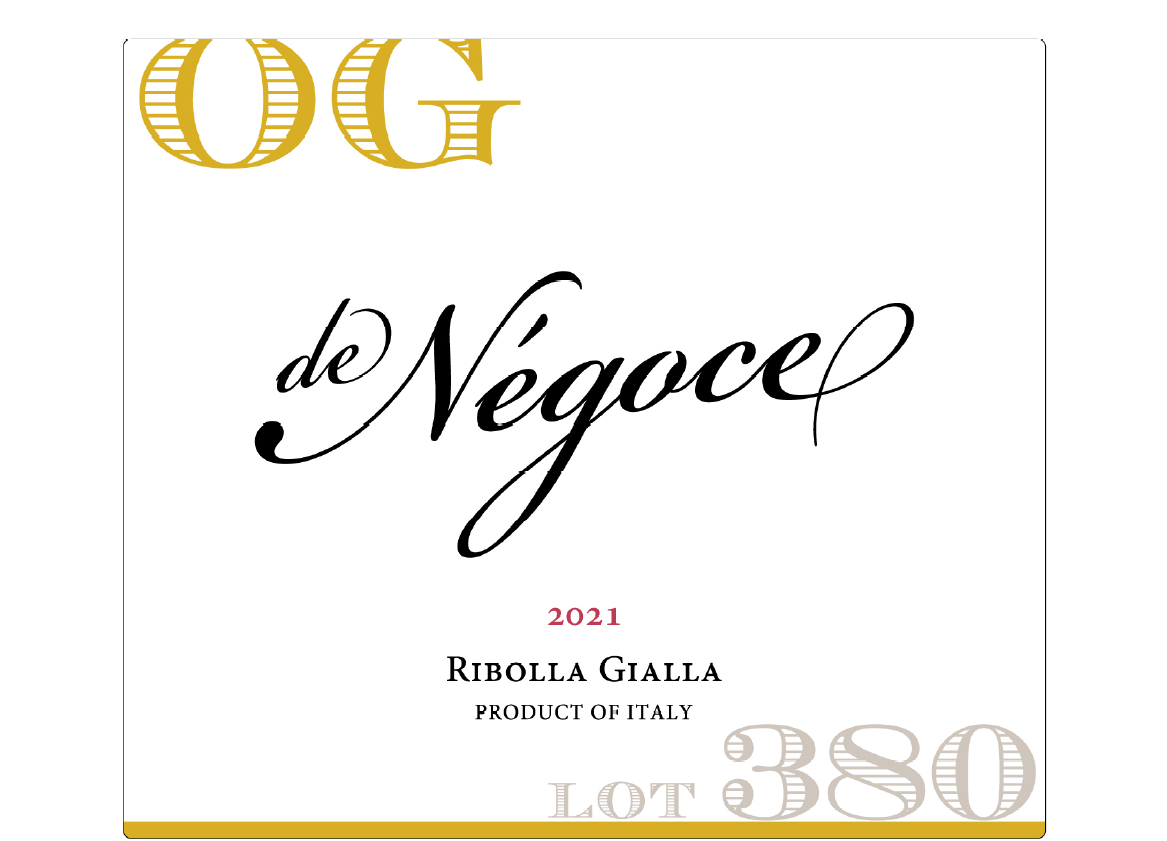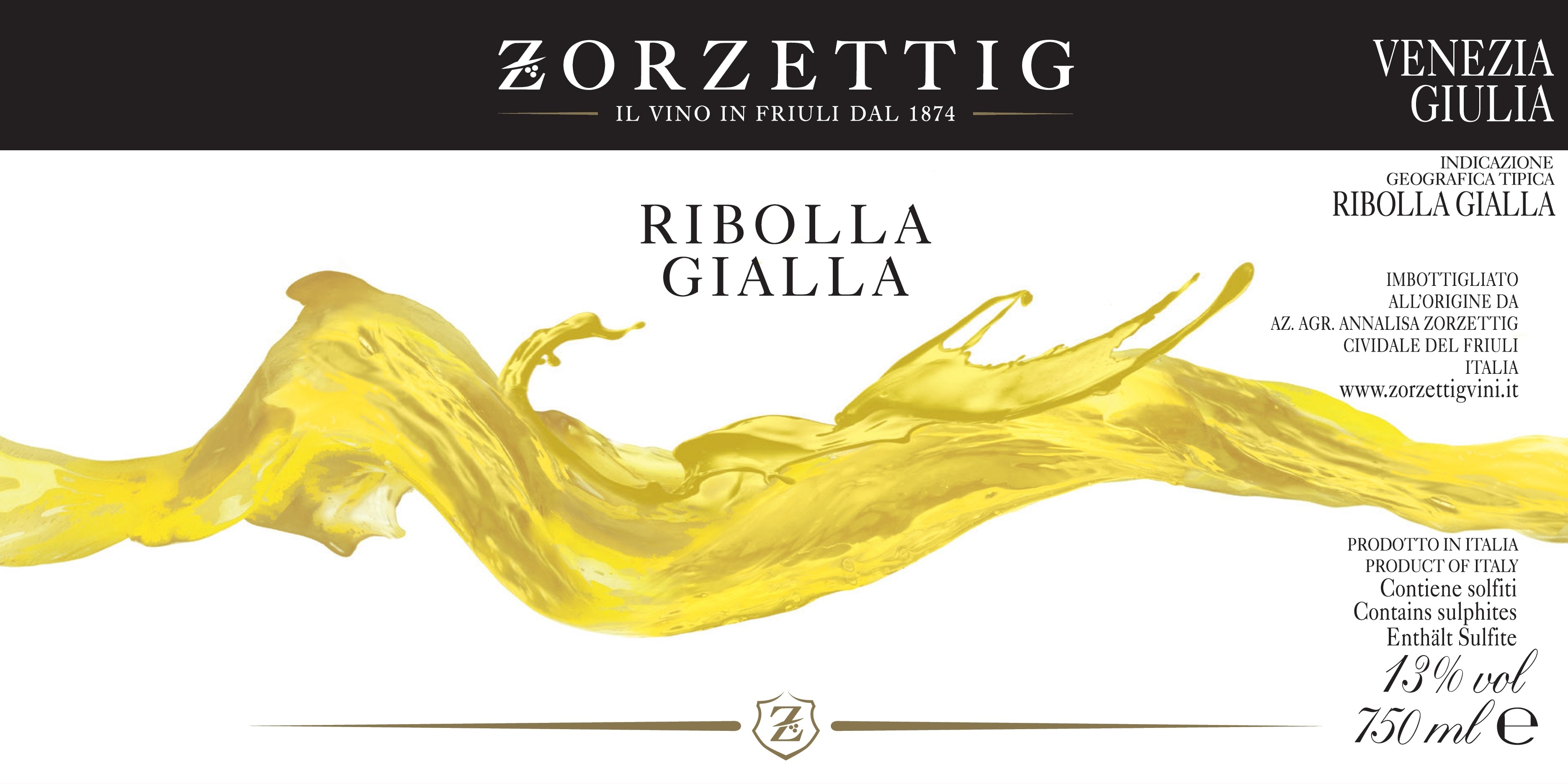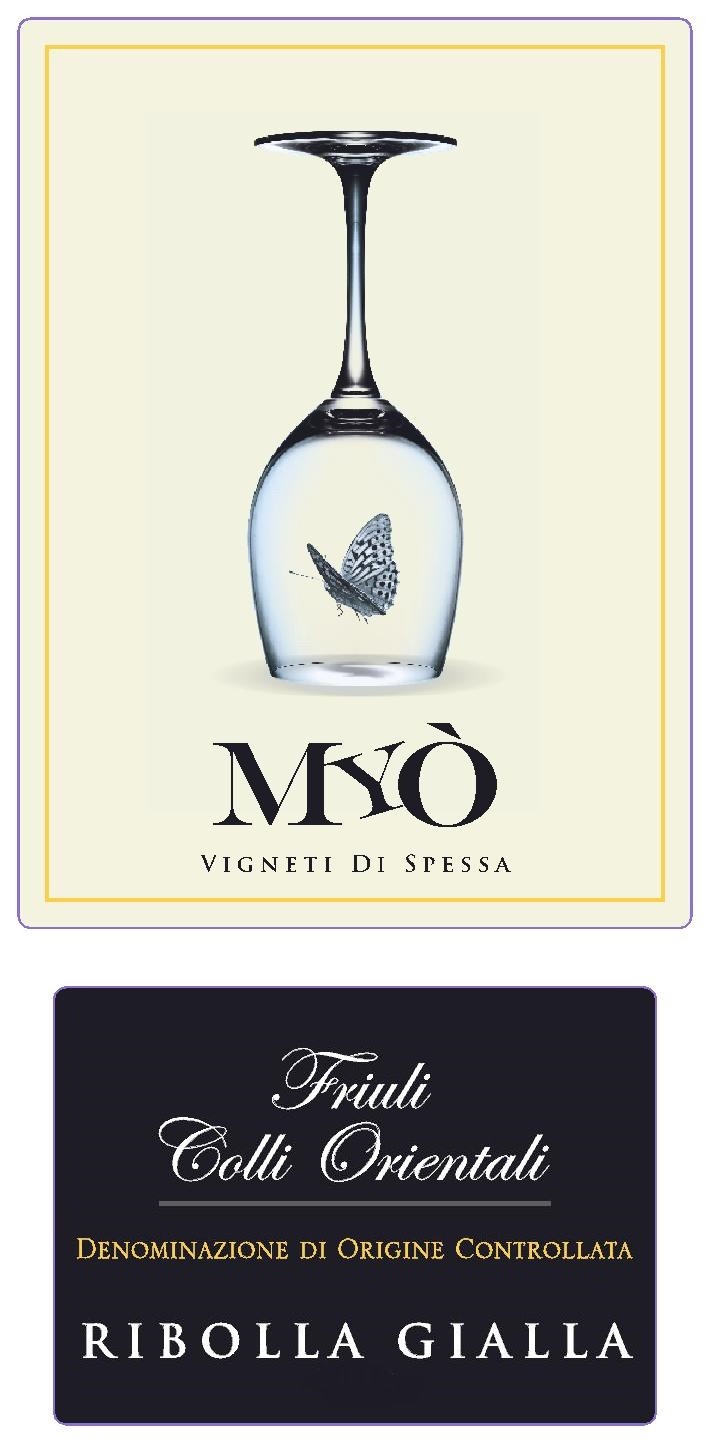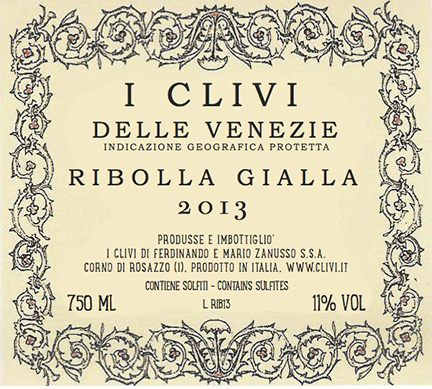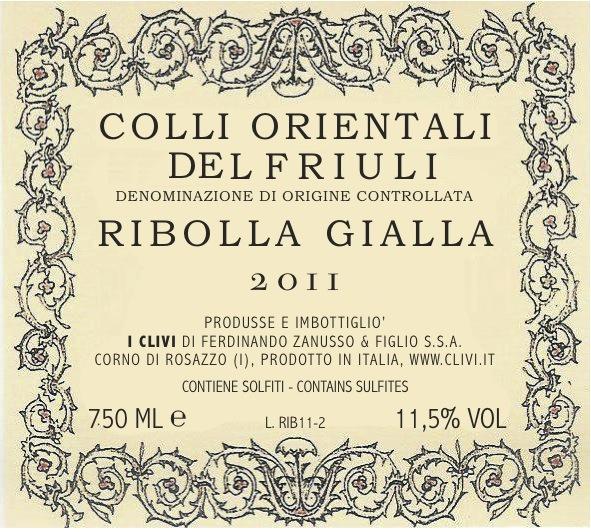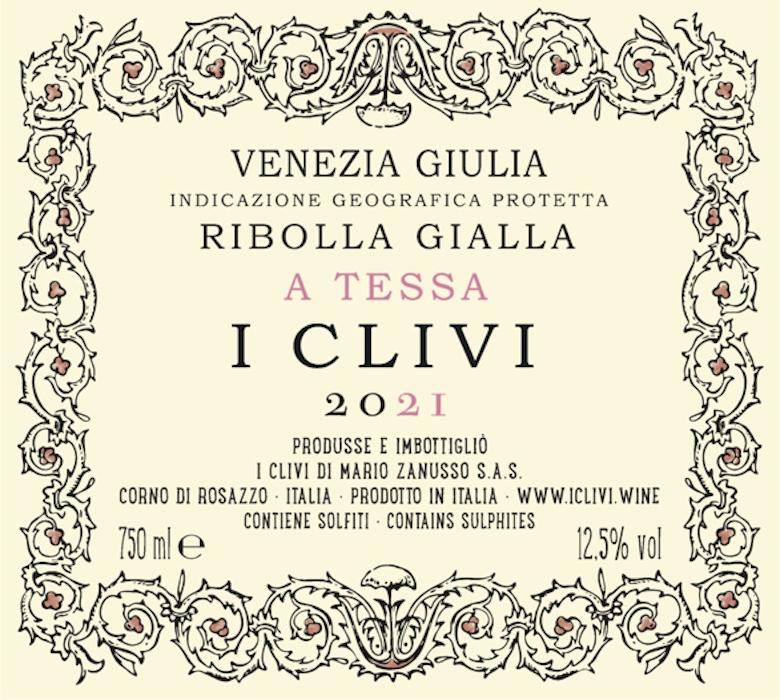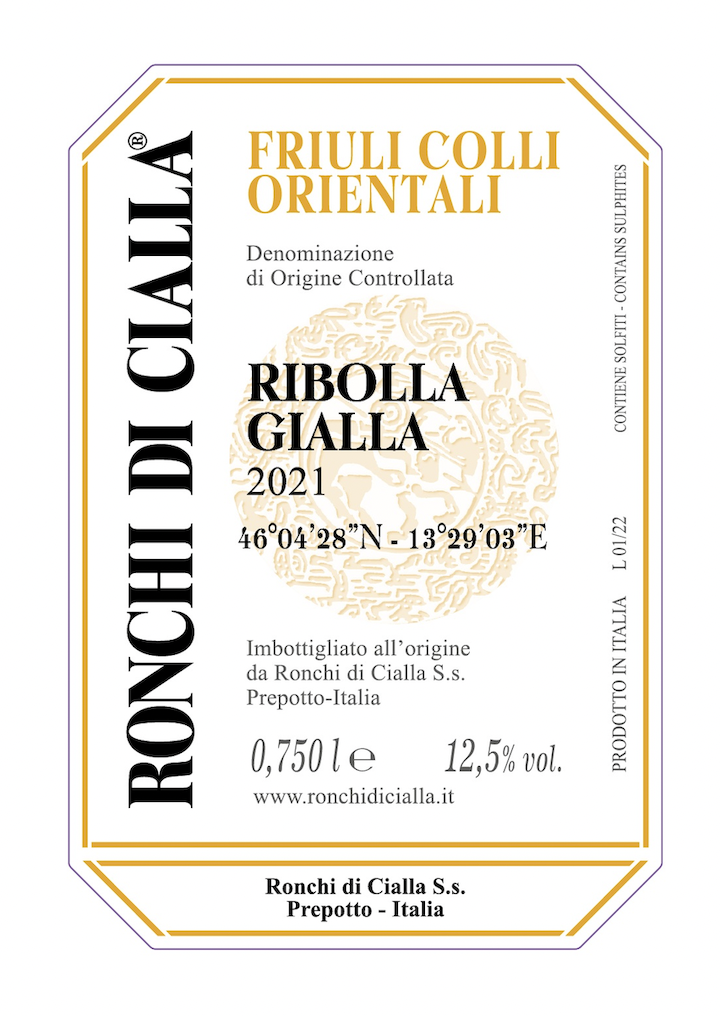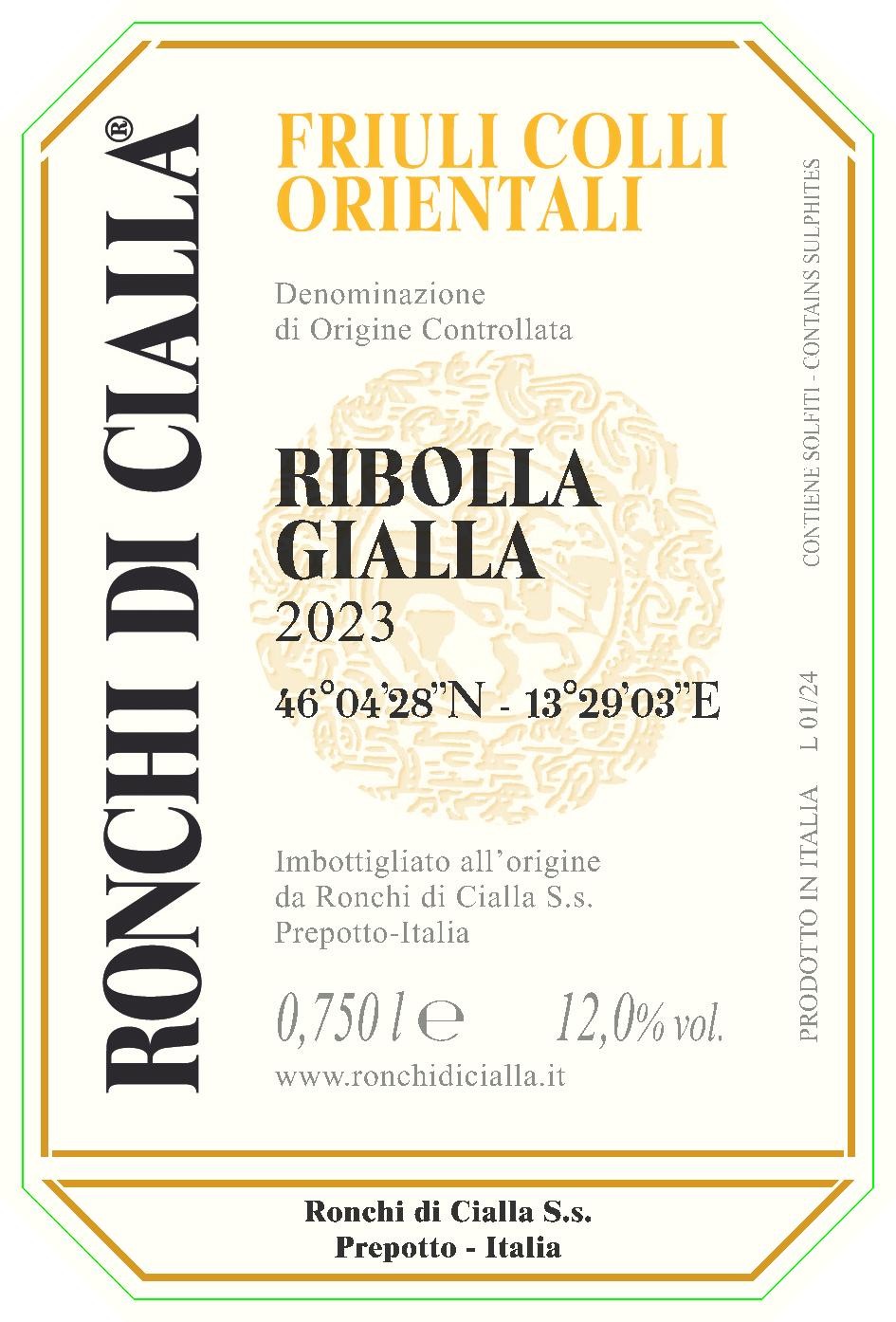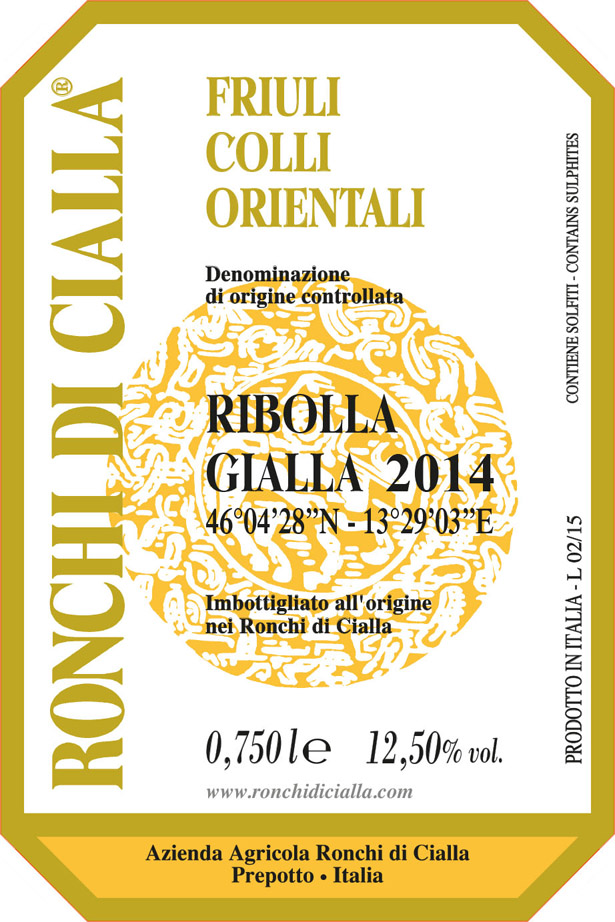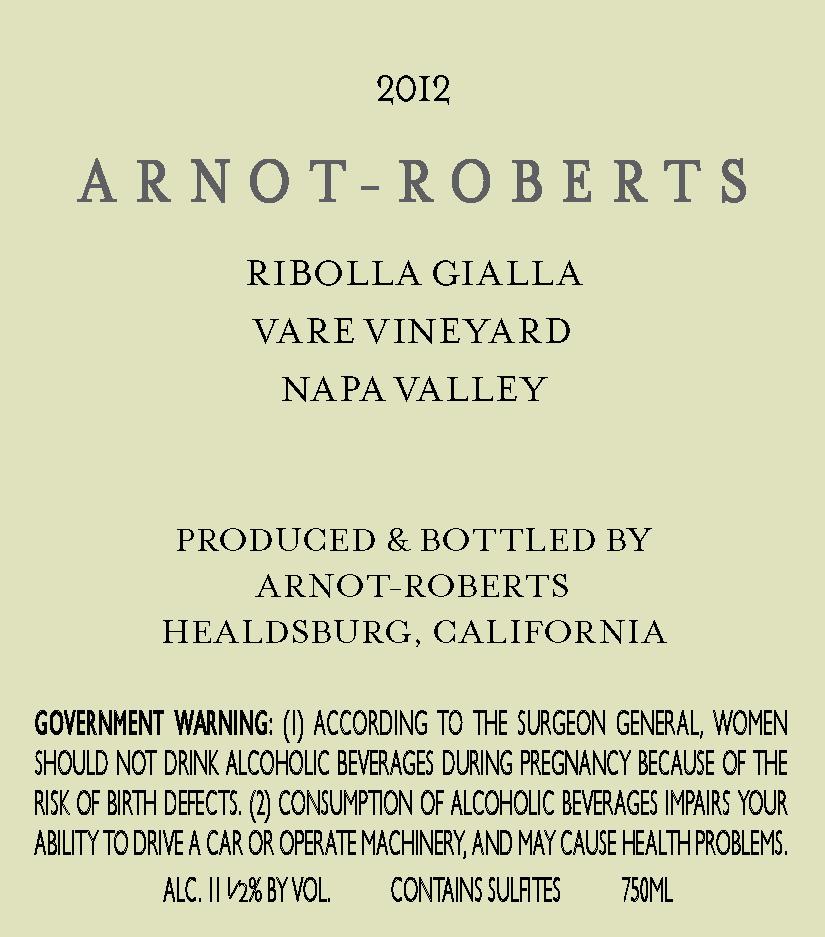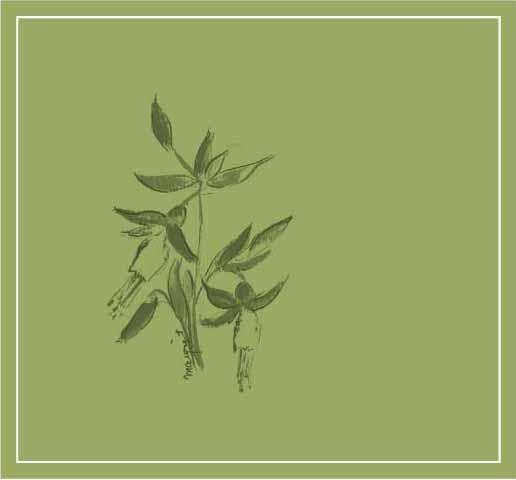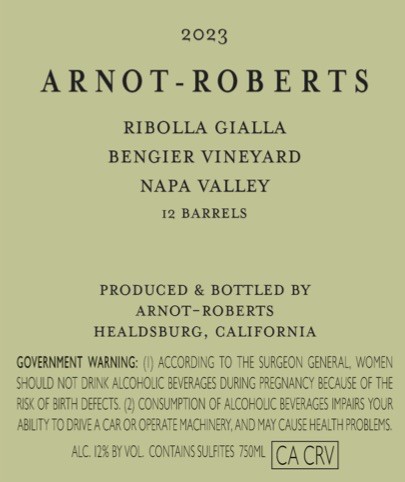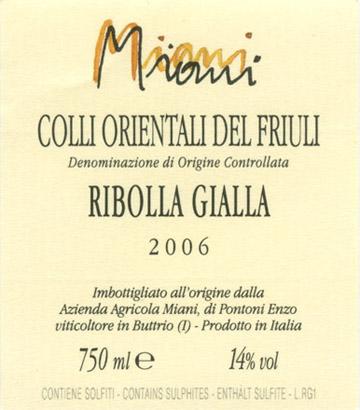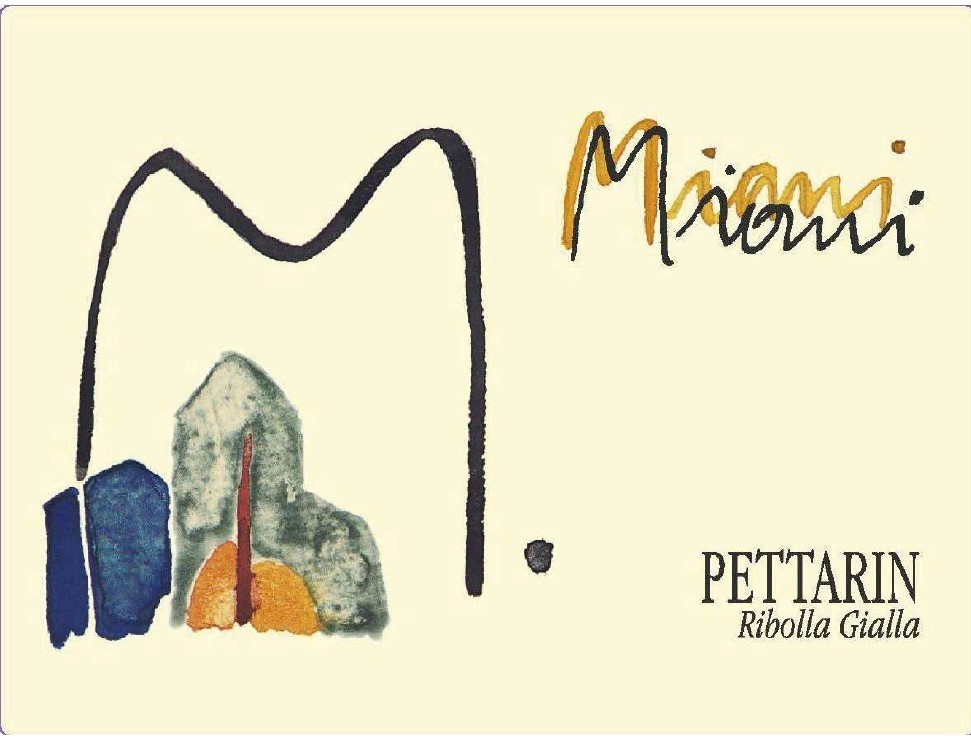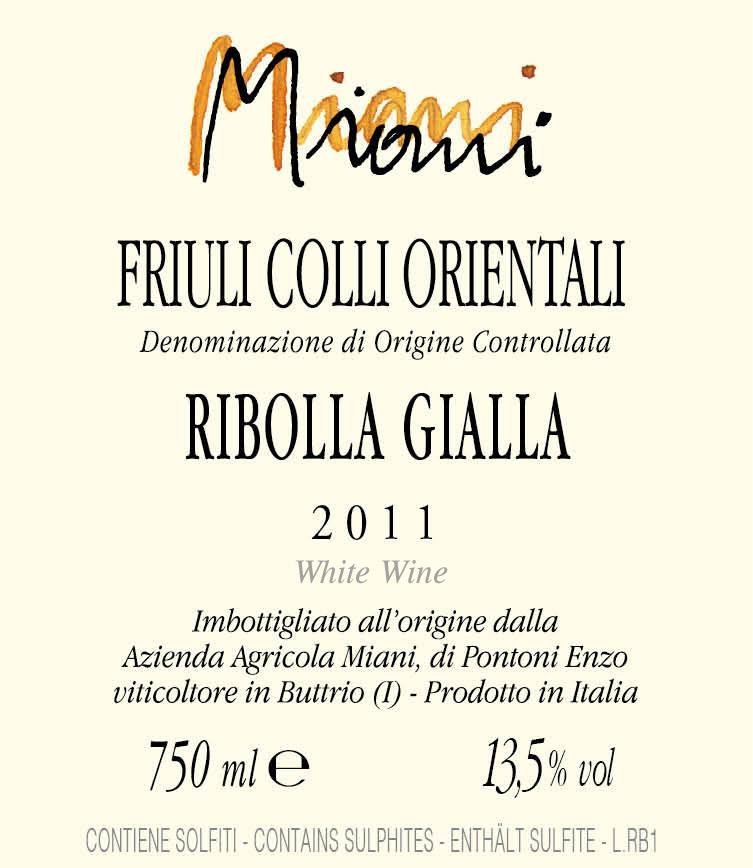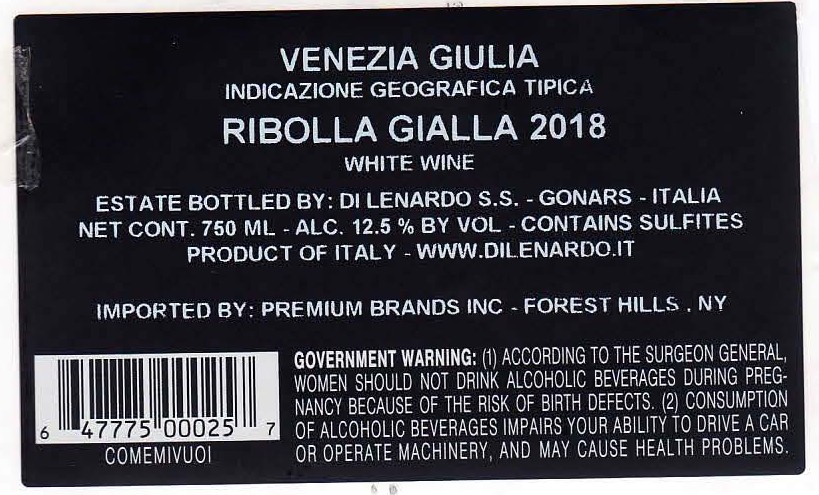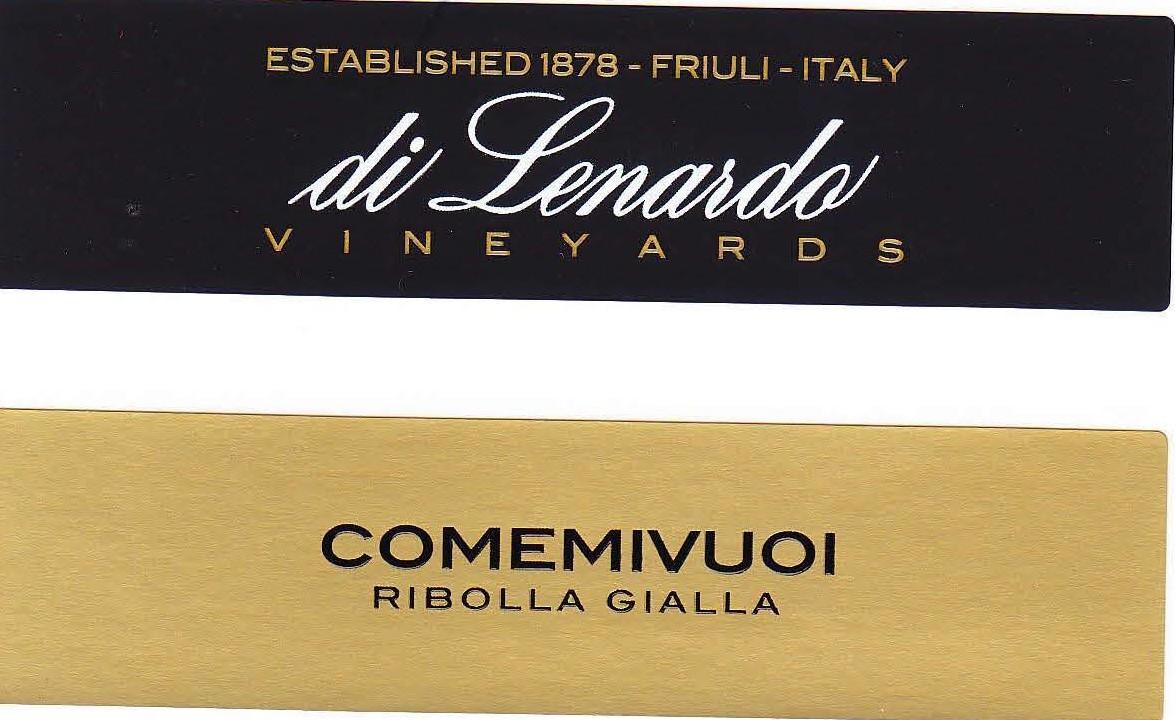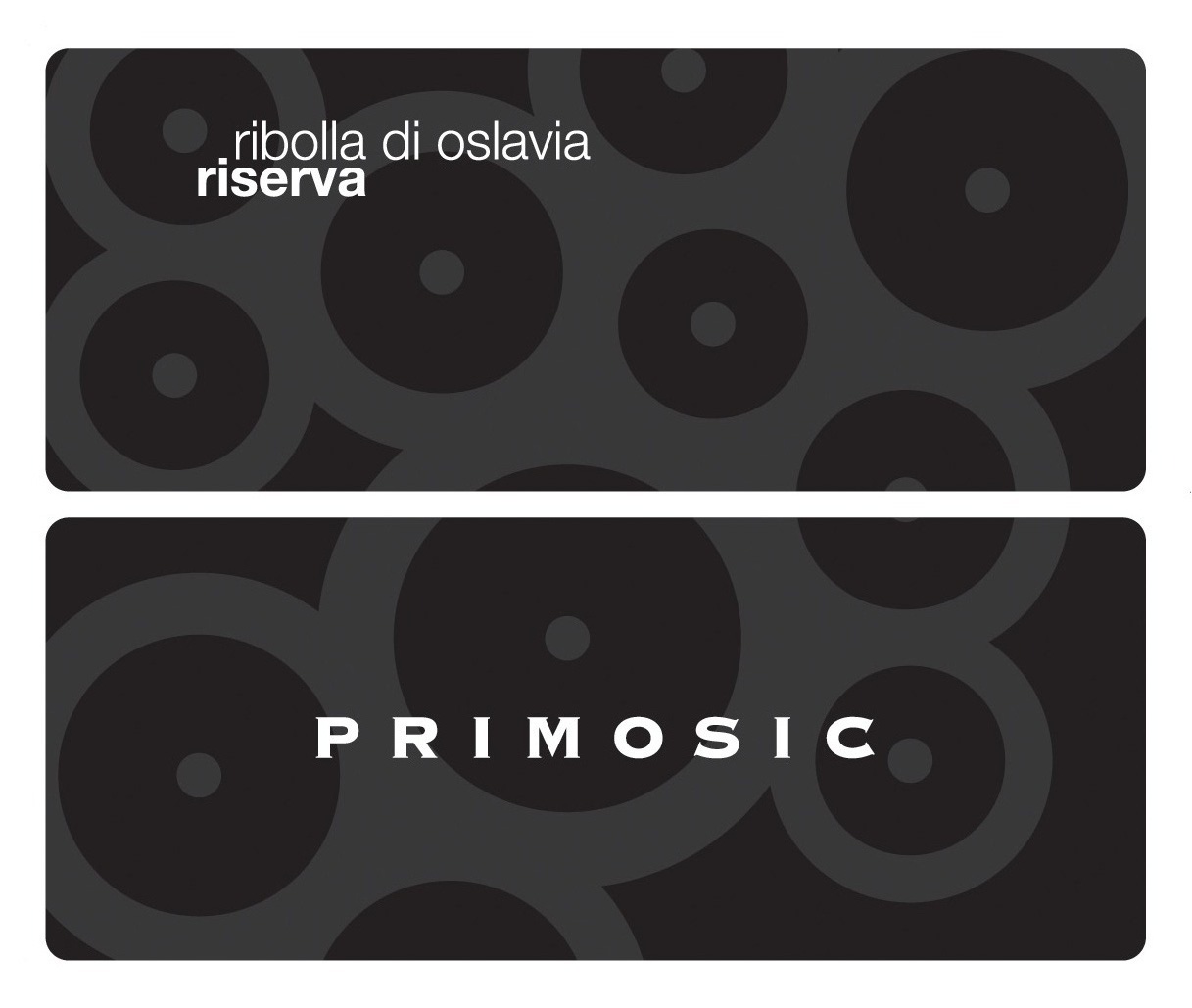Characteristics of Ribolla Gialla
Ribolla Gialla is all about freshness, energy, and minerality, thriving on the unique Ponca (Friuli) and Opoka (Slovenia) soils—Eocene-era marl and sandstone—which give the wine its signature salty, stony backbone. In its classic style, this grape offers vibrant acidity, moderate alcohol (11.5% to 13.5% ABV), a light, zippy body, and flavors of green apple, lemon zest, and pear, with pale straw yellow color and greenish tints.
With skilled vineyard management to control its vigorous growth, Ribolla Gialla can also be made as a sparkling Spumante, or with extended skin contact—sometimes in amphorae or large neutral oak—resulting in amber hues, extra texture, and notes of dried apricot, orange peel, spice, and a savory, tea-like or nutty edge. Ultimately, the grape’s quality and character are shaped by the producer’s philosophy and viticultural skill, delivering purity, tension, and a true sense of place.
What Does Ribolla Gialla Taste Like?
Ribolla Gialla’s flavor profile is highly influenced by winemaking choices, especially skin contact and aging.
-
Fresh, Unoaked, or Sparkling Styles: These wines are light to medium-light in body, with crisp, high acidity. Aromas leap from the glass—acacia, peach blossom, wisteria, and lime blossom—alongside green apple, lemon, grapefruit, tangerine, and hints of white peach. A saline or flinty minerality and subtle notes of beeswax and fresh herbs like thyme add intrigue, while sparkling examples offer fine, persistent bubbles. The palate is marked by zingy citrus and a distinct mineral streak, finishing clean with a touch of almond or gentle nuttiness.
-
Orange, Skin-Contact, or Aged Styles: Expect a shift to deeper hues and sometimes a hazy appearance. Aromas broaden to baked or bruised apple, dried apricot, quince, citrus peel, and nutty layers (hazelnut, almond), with honey, beeswax, dried herbs, baking spices, and hints of tea, resin, or balsamic. These wines are fuller-bodied and textured, structured by chewy, 80-grit tannins, with savory, layered finishes. With age, these styles gain further complexity, developing deeper flavors and a longer aging trajectory.
Notable Region Ribolla Gialla Grows In
The character of Ribolla Gialla is inextricably linked to its historic homeland, where unique soils and microclimates have shaped the grape’s expression for centuries.
-
Italy: Friuli-Venezia Giulia – The heartland of Ribolla Gialla, especially in Collio and Colli Orientali del Friuli, where Ponca soils and rolling hills yield wines prized for their minerality, freshness, and structure.
-
Italy: Collio (Oslavia) – This subzone, bordering Slovenia, is renowned for pioneering skin-contact (orange) wines from Ribolla Gialla, with legendary producers embracing ancient techniques to highlight the grape’s complexity.
-
Slovenia: Goriška Brda – Just across the border, Goriška Brda shares the same soil and climate as Collio, producing Rebula (Ribolla Gialla) in a range of styles, from crisp and fresh to deeply textured orange wines.
-
USA: California – A handful of passionate winemakers in California are experimenting with Ribolla Gialla, often inspired by Friulian traditions, showing the grape’s adaptability but keeping it a niche curiosity outside its native home.
Food Pairings
Ribolla Gialla is an exceptionally food-friendly wine, offering pairing options for a wide range of dishes thanks to its different styles:
-
Fresh, Sparkling, or Lightly Oaked Ribolla Gialla: Its crisp acidity and gentle floral notes pair perfectly with light appetizers like Prosciutto di San Daniele, olives, firm cheeses, and seafood such as oysters, fritto misto, or spaghetti alle vongole, as well as lighter poultry and fresh salads.
-
Orange / Skin-Contact Ribolla Gialla: The added texture and soft tannins of this style complement richer foods like pork with fruit chutney, roast chicken, charcuterie, mature cheeses, grilled tuna, mushroom risotto, and boldly spiced dishes from Indian, Thai, or Korean cuisines.
-
Hearty and Global Pairings: Skin-contact Ribolla Gialla also works well with complex vegetarian dishes, barley and bean soups, or pasta with meat sauce, making it a flexible choice for meals featuring global spices, umami, and layered flavors.


